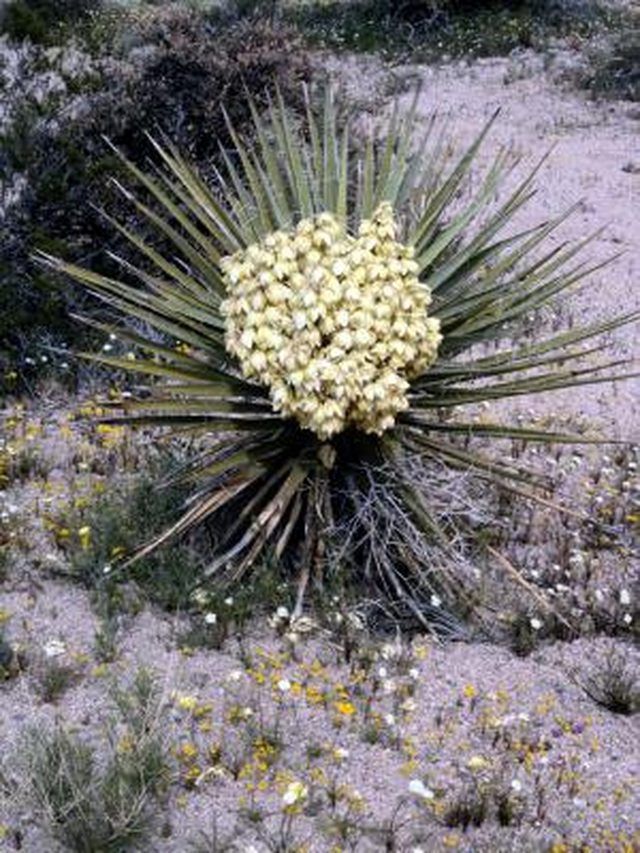Bulbs
Flower Basics
Flower Beds & Specialty Gardens
Flower Garden
Garden Furniture
Garden Gnomes
Garden Seeds
Garden Sheds
Garden Statues
Garden Tools & Supplies
Gardening Basics
Green & Organic
Groundcovers & Vines
Growing Annuals
Growing Basil
Growing Beans
Growing Berries
Growing Blueberries
Growing Cactus
Growing Corn
Growing Cotton
Growing Edibles
Growing Flowers
Growing Garlic
Growing Grapes
Growing Grass
Growing Herbs
Growing Jasmine
Growing Mint
Growing Mushrooms
Orchids
Growing Peanuts
Growing Perennials
Growing Plants
Growing Rosemary
Growing Roses
Growing Strawberries
Growing Sunflowers
Growing Thyme
Growing Tomatoes
Growing Tulips
Growing Vegetables
Herb Basics
Herb Garden
Indoor Growing
Landscaping Basics
Landscaping Patios
Landscaping Plants
Landscaping Shrubs
Landscaping Trees
Landscaping Walks & Pathways
Lawn Basics
Lawn Maintenance
Lawn Mowers
Lawn Ornaments
Lawn Planting
Lawn Tools
Outdoor Growing
Overall Landscape Planning
Pests, Weeds & Problems
Plant Basics
Rock Garden
Rose Garden
Shrubs
Soil
Specialty Gardens
Trees
Vegetable Garden
Yard Maintenance
Yucca Plant Facts
Yucca Plant Facts. The yucca plant is a perennial evergreen shrub native to arid regions of North America. According to the Utah State University Cooperative Extension website, it is deep-rooted and long-lived, with some plants surviving hundreds of years.

The yucca plant is a perennial evergreen shrub native to arid regions of North America. According to the Utah State University Cooperative Extension website, it is deep-rooted and long-lived, with some plants surviving hundreds of years.
Identification
Yucca has leathery, sword-shaped, spikey leaves and grows as high as 15 feet tall, depending on the species. Its foliage can be green to pale blue, and some leaves are striped in shades of white, yellow and cream. Yucca produces upright clusters of white, bell-shaped flowers.
Types
There are more than 20 species of yucca, according to the University of Florida IFAS Extension. Some commonly grown species include Spanish bayonet (Y.aloifolia), Adam's needle (Y. filamentosa), and curve-leaf yucca (Y. recurvifolia).
Function
Historically, Native American Indians used all parts of the yucca plant. Its roots were made into soap and its leaf fibers were used for cords and sandals. The stalks, buds and flowers of some varieties were used as food.
Requirements
Yucca plants require full sun and sandy, well-drained soil. They are drought-resistant plants, needing additional water only until they are established. Fertilizing is generally not necessary, although young plants can be fed to encourage initial growth with a half-strength solution of a well-balanced fertilizer.